Home » Hunting Policy » Understanding USFWS Hunting Regulations Process on National Wildlife Refuges
Understanding USFWS Hunting Regulations Process on National Wildlife Refuges
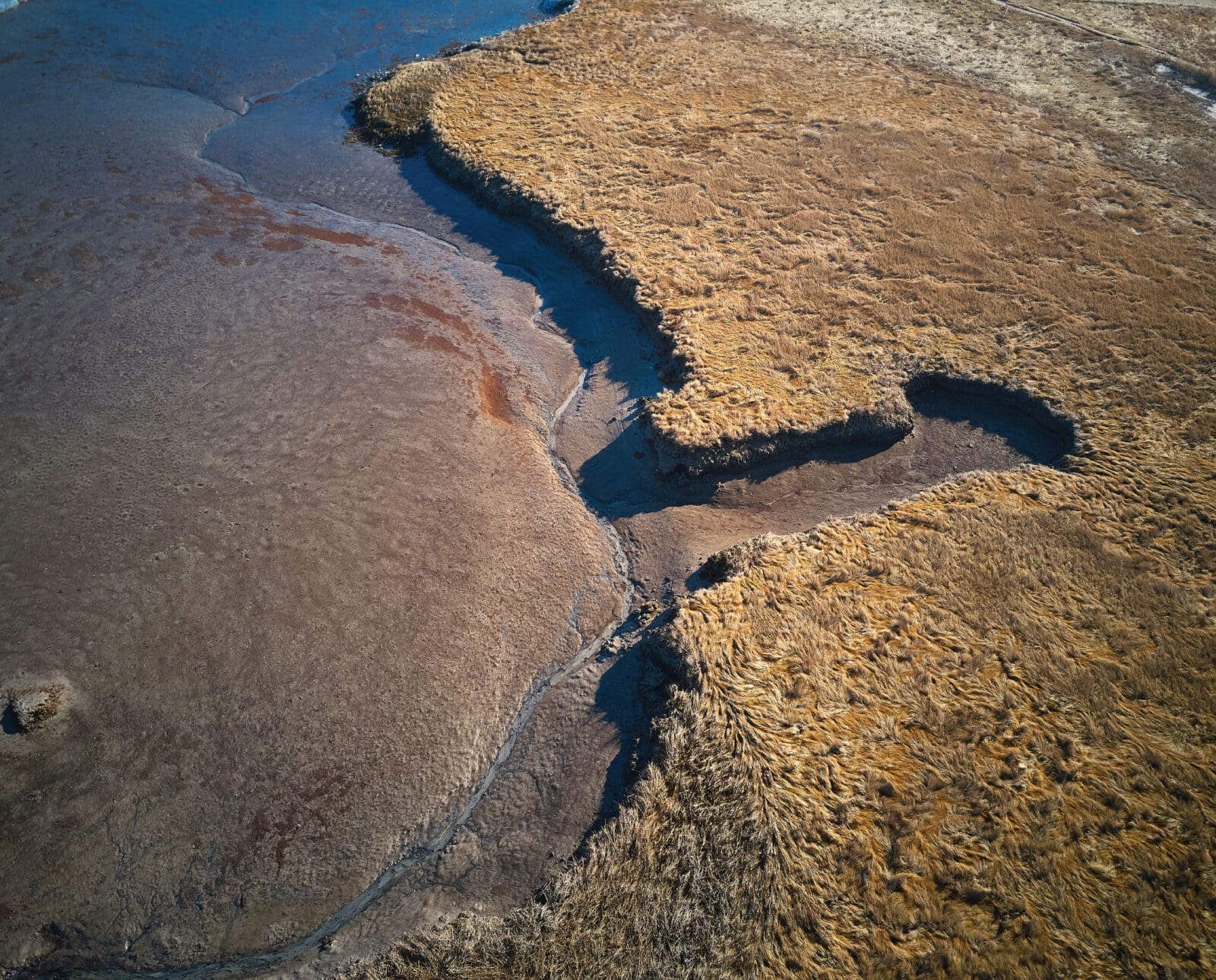
Explore the intricacies of the US Fish and Wildlife Service’s hunting regulations. Learn about the rules, processes, and guidelines for hunting on National Wildlife Refuges across the United States.
The U.S. Fish and Wildlife Service published new proposed regulations on June 23, 2023, on the Federal Register for public comment. Among other proposed laws is a regulation that would explicitly ban the use of lead ammunition when hunting any game species in the following National Wildlife Refuges:
Listen to more articles on Apple | Google | Spotify | Audible
- Blackwater (MD)
- Chincoteague (VA)
- Eastern Neck (MD)
- Erie (PA)
- Great Thicket (MA)
- Patuxent Research (MD)
- Rachel Carson (ME)
- Wallops Island (VA)
The public comment period for these proposed regulations was closed on August 22, 2023. The regulations are expected to go into effect on September 1, 2026.
The proposed regulation aims to explicitly ban the use of lead ammunition in hunting in these refuges. Let’s delve into the rich history and evolution of the National Wildlife Refuge System in the United States to better understand the significance of the recently proposed regulations. Establishing these refuges reflects the nation’s commitment to preserving and protecting its diverse natural landscapes and wildlife.
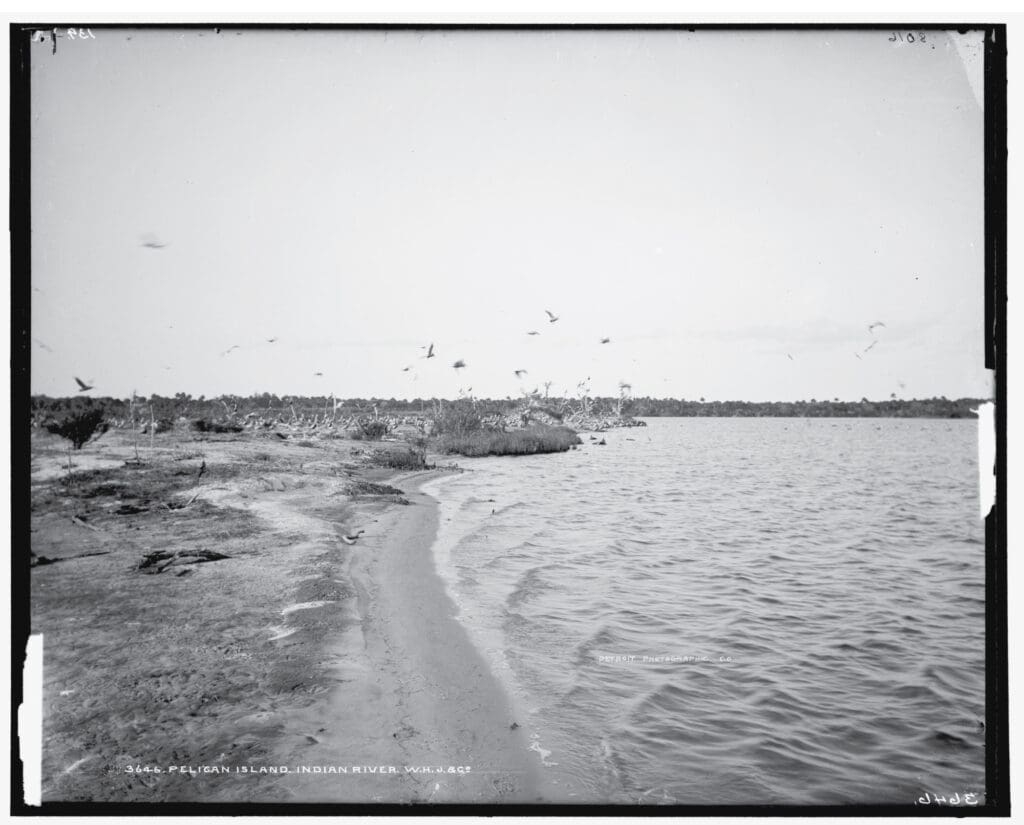
History of the National Wildlife Refuge System
The National Wildlife Refuge System dates back to the early 20th century. In those days, hunting was essentially unregulated. Many species were hunted at very unsustainable rates – especially because of commercial hunting for lucrative businesses. Florida’s Pelican Island, for example, was a critical habitat for brown pelicans, great egrets, and other birds. But in the late 19th century, these birds were being hunted at a pace that would virtually wipe out their entire island population to meet the plume trade’s high demands. This eventually led to the establishment of Pelican Island as the United States’ first National Wildlife Refuge on March 14, 1903, under President Theodore Roosevelt.
Two years later, the Wichita Mountains National Wildlife Refuge in Oklahoma was created to help conserve the American bison, another example of a species hunted to the brink of extinction towards the end of the 19th century. Soon, more refuges were quickly established nationwide to protect native species and their habitat.
Another key impetus for creating many refuges was the Dust Bowl era of the 1930s. This era was an ecological disaster for migratory waterfowl and other species. By the tail end of the Dust Bowl, more than one hundred new refuges were added to the National Wildlife Refuge System.
Today, there are over 560 refuges that encompass 95 million acres of land and 955 million marine acres. The refuges span all 50 U.S. states and territories and include virtually every type of habitat in the country. The National Wildlife Refuge System has evolved into the United States’ vastest network of public lands and waters dedicated to conserving wildlife. But remember that this barely scratches the surface of the National Wildlife Refuge System’s history.
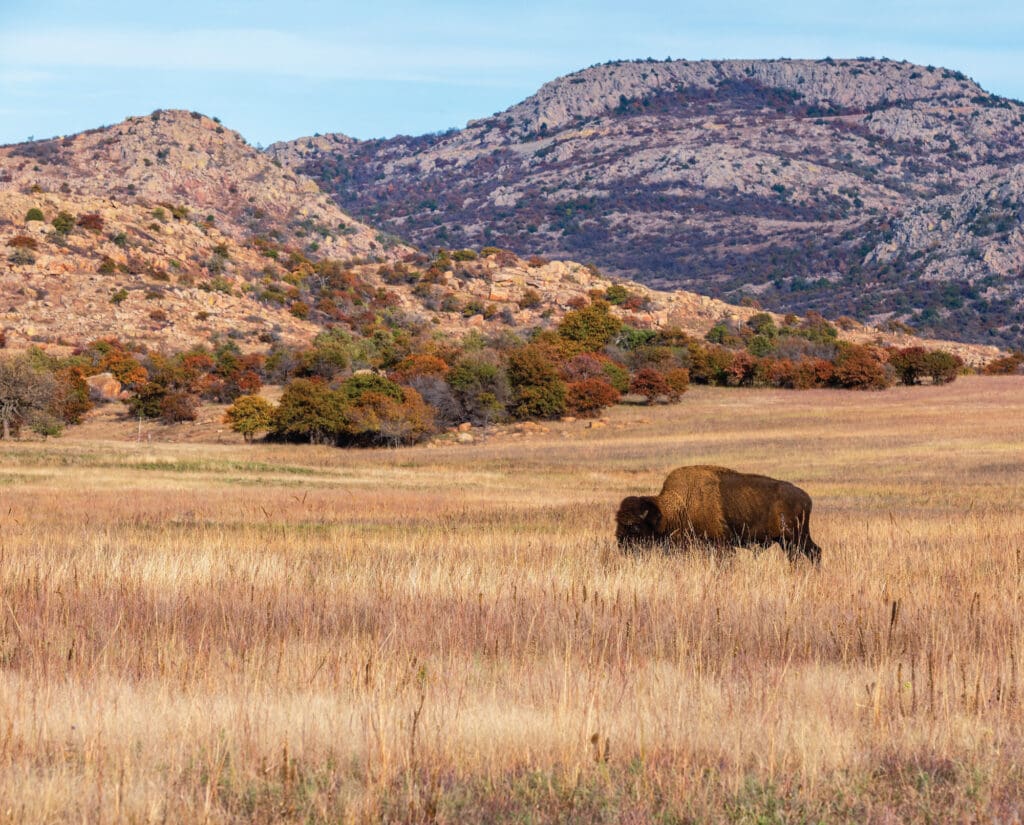
USFWS and the Federal Regulatory Process
The U.S. Fish and Wildlife Service (USFWS) is the federal agency responsible for managing the National Wildlife Refuge System. To manage the hundreds of refuges that expand across the United States, the USFWS establishes regulations and implements federal laws.
For those unfamiliar with federal regulations or the regulatory process in general, it would help to understand the basics of what federal regulations exactly are.
Sometimes, the laws passed by Congress are not specific enough. To help federal agencies implement laws that might be too ambiguous in certain contexts, or if a given law passed by Congress does not adequately address a specific issue that arises during the law’s implementation, Congress authorizes federal agencies to add details to said laws. These are known as “regulations,” which ultimately have the force of law. You may also hear regulations commonly referred to as “rules.”
These regulations, or rules, are created through a rigorous and specific rulemaking process. After the USFWS proposes a regulation, it will open a public comment period for anybody to submit feedback regarding the proposed regulation. The public comment period’s importance should not be underestimated; this is a time for your voice to be heard about a rule that the U.S. Fish and Wildlife Service plans to establish.
Proposed regulations are posted for public comment on the Federal Register. The Federal Register is the United States Government’s official journal, where one can find all the current proposed rules, public comment periods, and notices across all federal agencies. There, you can find specific instructions about how to submit public comments electronically or in the mail. The comments are publicly posted, and a proposed rule will not be finalized until the public comment period is over and the responsible federal agency reviews the comments.
The finalized regulation is often referred to as the “final rule.” When the rules are finalized, the regulation will be part of the Code of Federal Regulations. The Code of Federal Regulations is the codification of the general and permanent regulations published in the Federal Register.
The Code of Federal Regulations is divided into 50 “Titles.” In general, each Title will have the specific regulations of a Federal agency. For example, Title 21 contains the U.S. Food and Drug Administration’s regulations. The U.S. Fish and Wildlife Service’s regulations are under Title 50.
To dig even deeper, each Title contains chapters, subchapters, parts, and sections. The regulations specific to the National Wildlife Refuge system are under Title 50, Chapter 1, Subchapter C. Hunting and fishing regulations for particular refuges are under Part 32 within Subchapter C.
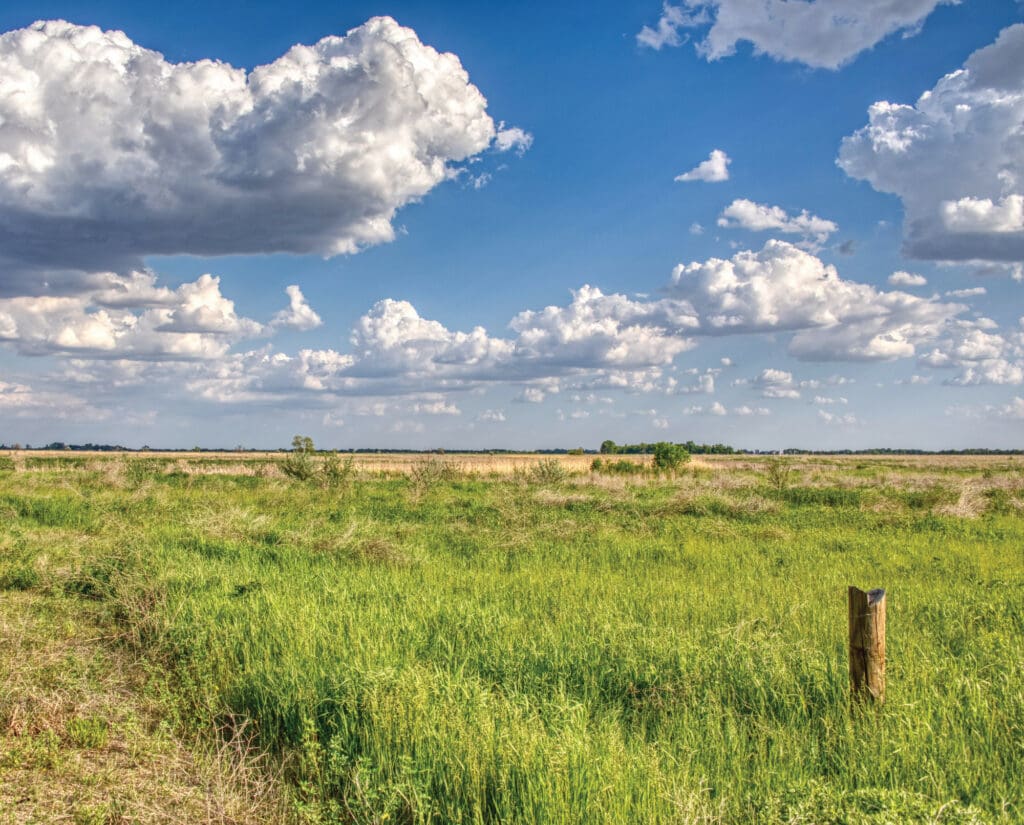
Coverage of the Proposed Federal Lead Ban
The recently proposed federal regulation to prohibit the use of lead ammunition in eight wildlife refuges is a decision that has been praised by many in the hunter community but also criticized by others. You may have seen some coverage of this proposed regulation online. Still, many outlets seem to leave out key details and important context when discussing the regulation.
It is important to understand that the June 23, 2023, proposed regulations are “refuge-specific.” It would, therefore, require non-lead ammunition when hunting any game species only at the eight individual refuges mentioned earlier, beginning on September 1, 2026. Some coverage by outlets on this proposed regulation gives the impression that there is a law out there that will require non-lead ammunition in general, but this simply is not the case. The U.S. Fish and Wildlife Service has not yet proposed a similar non-lead ammunition requirement for any other refuge at this time; this is not to say that we will not see similar proposed regulations in the upcoming years.
This is not the first time the U.S. Fish and Wildlife Service has incorporated a non-lead ammunition requirement on a refuge. In 2022, the U.S. Fish and Wildlife Service announced a non-lead ammunition final rule that applies to the Patoka River National Wildlife Refuge in Indiana. This final rule will also go into effect in 2026. Another important piece of context is that there are some National Wildlife Refuges where waterfowl is the only game species that can legally be hunted. Therefore, given that waterfowl may only be hunted using non-lead ammunition in the United States under federal law, any refuge that allows the hunting of only waterfowl technically has a refuge-wide non-lead requirement.
The U.S. Fish and Wildlife Service also manages Waterfowl Production Areas (WPAs). WPAs fall under the National Wildlife Refuge System. Waterfowl Protection Areas consist of more than three million acres of wetlands and grasslands that provide habitat for millions of waterfowl and other types of birds and wildlife. Most Waterfowl Production Areas span Iowa, Minnesota, Montana, North Dakota, and South Dakota. Non-lead ammunition is already required when shotgun hunting any game species in Wildlife Protection Areas. Non-lead ammunition requirements are not a new tale when hunting on federally-owned land.
Technically, by default, a National Wildlife Refuge is only open to hunting if the U.S. Fish and Wildlife Service issues a regulation that explicitly opens the refuge for hunting. In addition to the proposed non-lead ammunition regulation, there were also proposed regulations to open or expand hunting in three different refuges.
When federal regulations open a refuge for hunting, the applicable state hunting laws and regulations apply to the refuge. For example, if federal regulations open a wildlife refuge in Virginia for hunting, the Virginia state law that requires using non-toxic ammunition for hunting snipe would apply to that refuge.
In the case of the Wallops Island National Wildlife Refuge in Virginia, when the federal regulation requiring non-lead ammunition takes effect, it would prevail over any relevant state laws or regulations that may have been silent on this matter, impacting the choices of ammo used by hunters.
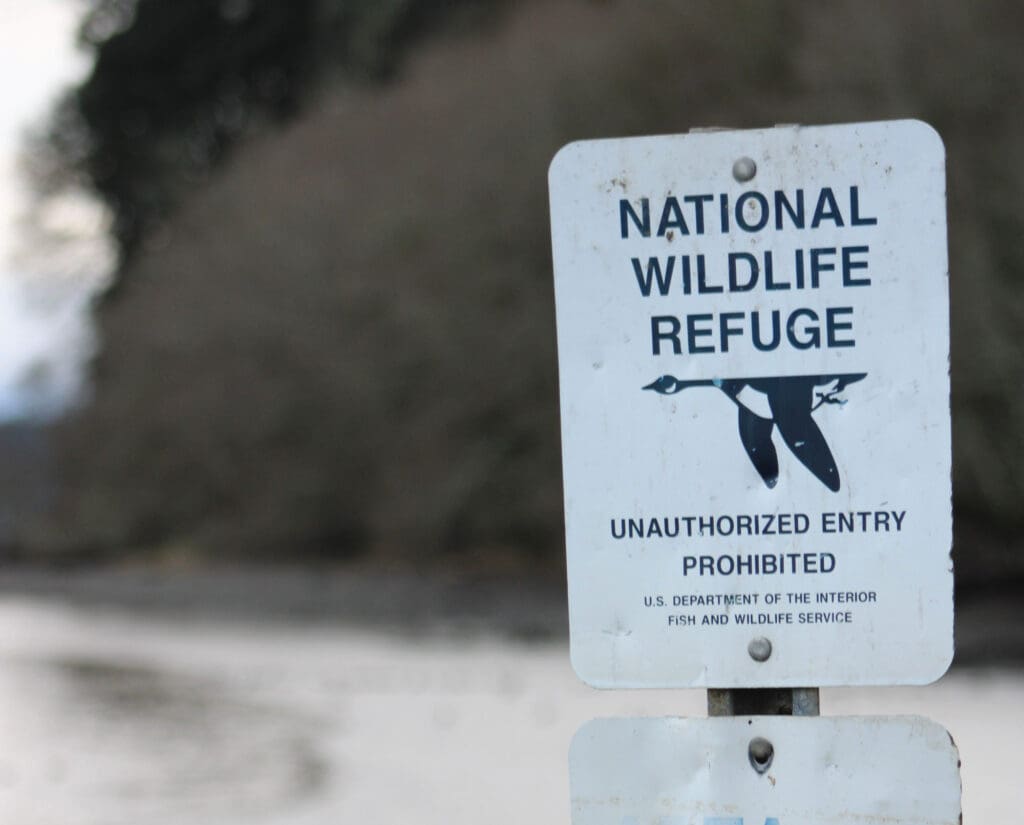
The USFWS holds the authority to establish more restrictive regulations than state laws to protect wildlife and habitat in refuges. However, it’s essential to note that federal regulations cannot be less strict than state law requires. For instance, the USFWS can shorten the grouse hunting season in refuges through its rules, but it cannot extend the hunting season beyond what is permitted by state law.
This complex interplay between federal and state regulations is crucial for maintaining the balance between wildlife conservation and hunting activities on National Wildlife Refuges. It ensures that the unique conservation goals of each refuge are met while respecting overarching federal regulations and state laws.
Now that the public comment period for the proposed June 23, 2023, regulations has ended, the public must wait to see if there are any changes when the final rule is announced. Likely, there will not be changes to the proposed rule that would require non-lead ammunition. However, when the final rule is published and if there are any changes, the public can expect some explanation or statement as to why changes were made.
Managing the hundreds of millions of acres of National Wildlife Refuge lands and waters is a complex and ever-evolving challenge, especially considering that the system includes land spanning every corner of the United States. The USFWS relies heavily on its partnerships with state wildlife agencies and on refuges’ frequent visitors, such as hunters, anglers, hikers, campers, wildlife observers, and just about anybody interested in conserving and protecting the habitat of native species.
When looking into the decisions that the USFWS is making regarding the refuge system, remember that the agency has a perpetual goal of maintaining and creating healthy wildlife habitat not just today but also for future generations. In that light, whether it be deciding on the type of ammunition to use for a hunt, advocating for legislation, or criticizing the actions of an agency, members of the hunter community should always be considering how decisions that are made impact today and tomorrow’s wildlife, habitat, and future generation of hunters.



